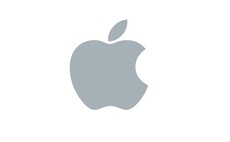More recent and secure versions of the browser adopted by enterprises
Businesses are finally ditching web browser Internet Explorer 6 (IE6) in favour of newer, more secure versions. More than a third of Internet Explorer users were running IE6 in January 2010, acc...
To continue reading this article...
Join Computing
- Unlimited access to real-time news, analysis and opinion from the technology industry
- Receive important and breaking news in our daily newsletter
- Be the first to hear about our events and awards programmes
- Join live member only interviews with IT leaders at the ‘IT Lounge’; your chance to ask your burning tech questions and have them answered
- Access to the Computing Delta hub providing market intelligence and research
- Receive our members-only newsletter with exclusive opinion pieces from senior IT Leaders




















